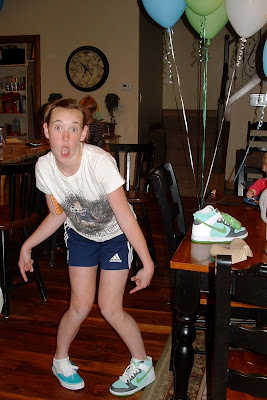



Get Organized
Set up a kitchen desk or other central location as an information and supply center. Include a phone, phone lists and phone books, a calendar hung prominently, a canister full of pens and pencils, scissors, pad of paper, key hanger, files, calculator, stationery, stamps, “in” and “out” file for mail. —Shari Warner
Get supplies for your home office: Stapler, tape dispenser, three-hole punch, pencil sharpener, tape measure. —Shari Warner
Dry-erase calendar. Post in a central location. This way everyone knows what the schedule is and where everyone went!
Make your own telephone list. Include neighbors, visiting teaching list, kids’ friends, family’s work, doctors, pharmacy, music lessons/sports coaches. Post it by the phone in a central area.
Post a magnetized grocery list pad with pencil on your fridge.
Meals. Double a recipe and freeze one. Cook one day a week. Make 2 recipes and double them for a total of 4 meals. Use the same type of meat for the 2 recipes to simplify the process. Monday through Thursday eat 2 of the meals you prepared that week, then take 2 pre-prepared dinners out of the freezer, and replace them with the other 2 dinners you made that week. Friday: leftovers, Saturday: date night, and Sunday: dinner with extended family or kids cook!
Make things easy to put away. No lids on laundry baskets, for example. If it’s easy to do, your family just might do it.
Keep trash cans in every room, the yard, and the garage.
Kids school work. Special papers can be photographed with the child then tossed. If papers come home with important dates and information, transfer immediately to family calendar or planner. Calendar should be kept next to phone or wherever important papers are kept. —Shari Warner
Use a large envelope for each child’s special school work/papers. Keep anything special or significant in the envelope. At the end of the school year, go through the envelope and decide what to save. Then mark the school year on the envelope and place in a box. When the child leaves home, give him the box.
“Magic Minutes.” Have a “Magic Minutes” session each afternoon before dinner. Assign everyone an area (zone) of the house and for ten minutes work fast and furiously to clean it up.
Laminate an “After-school Checklist” for each child. It might include: put backpack and coat away, do homework, do daily chore, straighten bedroom…. Kids use a dry erase marker to check off each item, so you don’t have to remind (nag) them, and you can easily see what hasn’t been done. When the checklist is done, they can play/have screen time. You can make a Saturday Chore checklist, too. Keep the lists all together by hole-punching the corner and slipping a key ring through it. Put them in a central location, like the kitchen table.
Color-code bath towels. Each child gets his own towel color. When you’re not sharing towels, you don’t have to wash them after every use (in my book). Bonus: you can tell who left their towel on the bathroom floor. J You can color co-ordinate your towels, too. (One striped green, blue, and white towel; a green towel; a blue towel; a white towel…)
Organize toys in a way kids can understand and follow so they can clean up without supervision. Confine kids’ mess to one area. Toys generally stay in bedroom or playroom.
Toy Basket. When toys make their way into other rooms, give the kids a large “toy basket” with a handle so they can easily carry it around the house and gather their toys. Or, designate a basket that you can dump toys, socks, etc. into throughout the day and have the kids empty it before playing or mealtime.
Garage: buy buckets for sports equipment and gardening tools. Paint an outline for bike storage area. —Shari Warner
Charity Bin in Garage. Buy a large plastic garbage can and keep in your garage for charity.
Next post: Stemming the Tide! (junk mail, telephone solicitors, door-to-door sales)
























